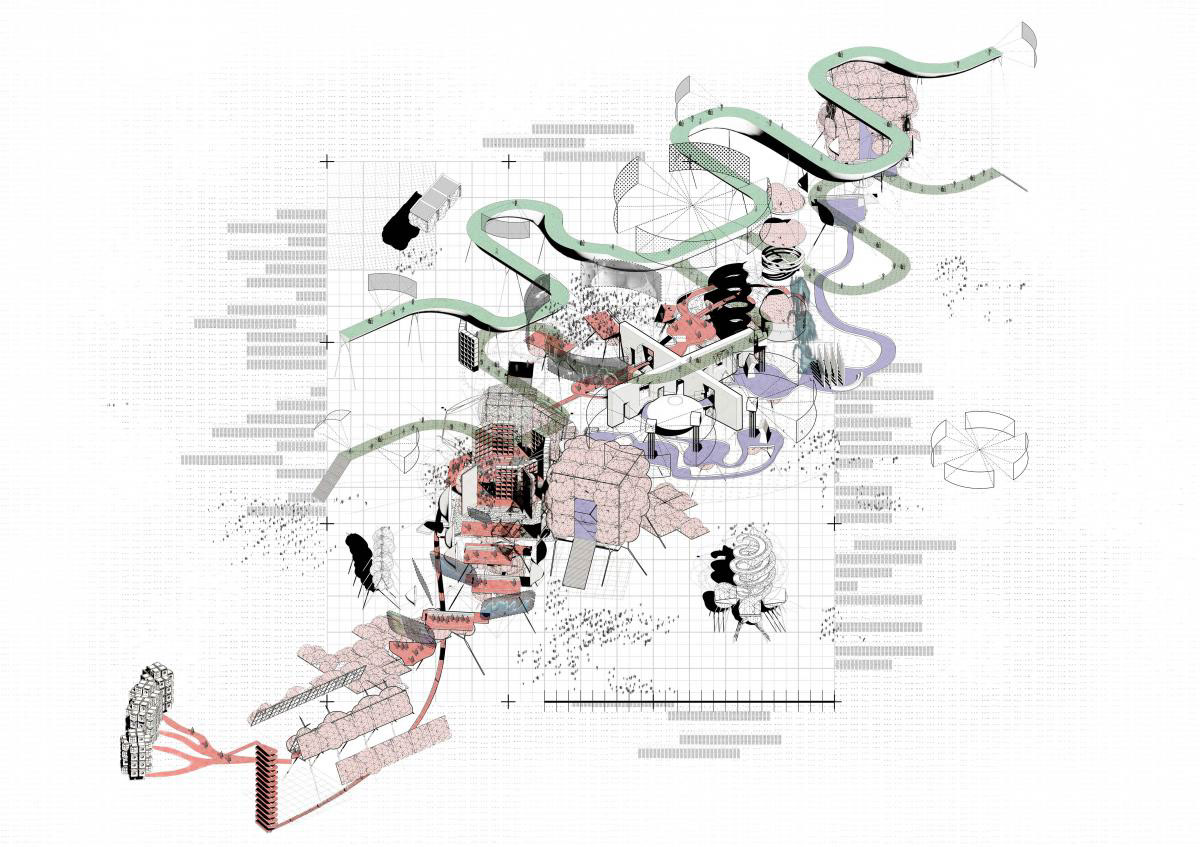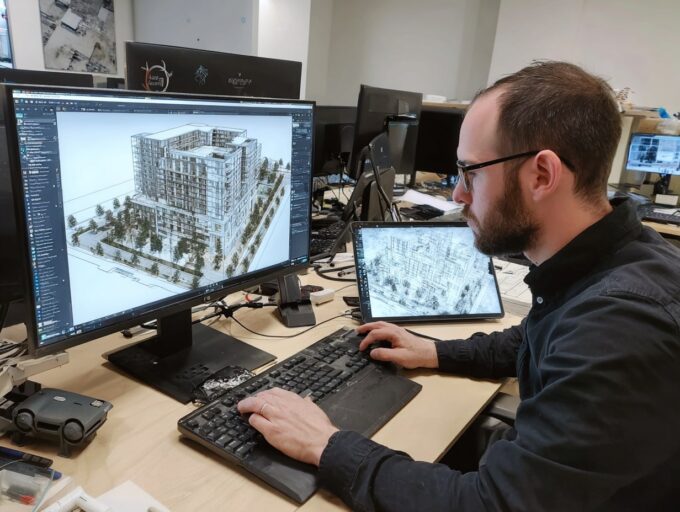- Home
- Articles
- Architectural Portfolio
- Architectral Presentation
- Inspirational Stories
- Architecture News
- Visualization
- BIM Industry
- Facade Design
- Parametric Design
- Career
- Landscape Architecture
- Construction
- Artificial Intelligence
- Sketching
- Design Softwares
- Diagrams
- Writing
- Architectural Tips
- Sustainability
- Courses
- Concept
- Technology
- History & Heritage
- Future of Architecture
- Guides & How-To
- Art & Culture
- Projects
- Interior Design
- Competitions
- Jobs
- Store
- Tools
- More
- Home
- Articles
- Architectural Portfolio
- Architectral Presentation
- Inspirational Stories
- Architecture News
- Visualization
- BIM Industry
- Facade Design
- Parametric Design
- Career
- Landscape Architecture
- Construction
- Artificial Intelligence
- Sketching
- Design Softwares
- Diagrams
- Writing
- Architectural Tips
- Sustainability
- Courses
- Concept
- Technology
- History & Heritage
- Future of Architecture
- Guides & How-To
- Art & Culture
- Projects
- Interior Design
- Competitions
- Jobs
- Store
- Tools
- More
Why Architecture Diagrams Matter?

Architecture diagrams play a critical role in developments of projects, providing a visual representation of structures and their components. They help both design and construction teams understand the system’s architecture and design, making it easier to communicate and collaborate effectively. In this article, we will explore the importance of architecture diagrams and their benefits for software development projects. In this article, we will see why architectural diagrams are important in titles.
Clarity and Understanding
One of the main reasons architecture diagrams are essential is that they provide a clear and concise representation of the software system’s structure. Developers can quickly understand the system’s components, how they interact with each other, and how the system works as a whole. This helps teams to identify potential issues and dependencies that need to be addressed.
Communication and Collaboration
Architecture diagrams facilitate communication and collaboration between team members by providing a visual representation of the software system. Team members can use diagrams to discuss and explain the system’s architecture, design, and implementation details. This helps to ensure everyone is on the same page and avoids misunderstandings and misinterpretations.

Documentation and Maintenance
Architecture diagrams also serve as a useful documentation tool that can be used to maintain and update the software system. As software systems evolve and change over time, it is essential to have accurate and up-to-date documentation to ensure that everyone involved in the project understands the changes that have been made. Architecture diagrams can help to document these changes and ensure that the system’s structure and components remain consistent.
Problem Solving
Architecture diagrams can also be used to diagnose and solve problems in the software system. By understanding the system’s architecture and components, developers can quickly identify potential issues and determine the root cause of the problem. This can help to reduce the time and effort required to resolve issues, improving overall system performance and reliability. In conclusion, architecture diagrams play a crucial role in software development projects. They provide clarity and understanding of the system’s structure, facilitate communication and collaboration, serve as documentation for maintenance and updates, and assist with problem-solving. By investing time in creating and maintaining architecture diagrams, teams can improve their development processes and produce high-quality software systems that meet the needs of their users.

Importance of Diagrams for Architecture Students
Architectural diagrams are essential tools for architecture students, as they help to visualize and communicate design ideas effectively. Here are some advantages of architectural diagrams for architecture students:
Helps to understand the design concept: Architectural diagrams provide a clear representation of the design concept and the various elements involved in it. This helps architecture students to understand the design concept better and to develop a comprehensive understanding of the design.
Facilitates communication: Architecture students often work in teams and with clients, and architectural diagrams help to communicate design ideas effectively. It allows everyone involved in the project to visualize the design and provide feedback and suggestions.
Helps in decision-making: Creating architectural diagrams helps in decision-making by visualizing the design and identifying any potential issues that need to be addressed. It helps architecture students to make informed decisions about the design and ensure that it meets the client’s requirements.
Enhances creativity: Architectural diagrams allow architecture students to experiment with various design ideas and elements. It allows them to be creative and develop unique designs that stand out.

There are some types of diagrams that architecture students should create:
–Site analysis diagrams help to understand the site’s characteristics, such as topography, solar orientation, wind patterns, and vegetation. It provides an understanding of the site’s constraints and opportunities and helps to develop a design that responds to the site’s context.
–Concept diagrams represent the design concept and the relationships between various design elements. It helps to communicate the design concept effectively and provides a starting point for the design development.

–Floor plan diagrams provide a representation of the building’s layout and the various spaces involved. It helps to understand the flow of spaces and how they relate to each other.
–Section diagrams represent a vertical slice of the building and provide a representation of the building’s interior and exterior spaces. It helps to understand the building’s construction and how the various building elements fit together.
–Elevation diagrams provide a representation of the building’s exterior and the various building elements involved. It helps to understand the building’s aesthetics and how it fits into the surrounding context.

Submit your architectural projects
Follow these steps for submission your project. Submission FormLatest Posts
Preventing Cyber Threats in Smart Buildings by Design
The trend of integrating IoT technologies into buildings isn’t going away. More...
Procreate vs Photoshop: Should Architects and Designers Use Them for Architecture Work?
Procreate vs Photoshop for architects: see when to sketch on iPad and...
A Beginner’s Guide to Using Heat Pumps
Understanding home heating and cooling can be confusing, especially if you’re starting...
HEALING GARDENS – Designing Spaces for Wellness and Reflection
This competition challenges architects and landscape designers to envision gardens as therapeutic...












Leave a comment